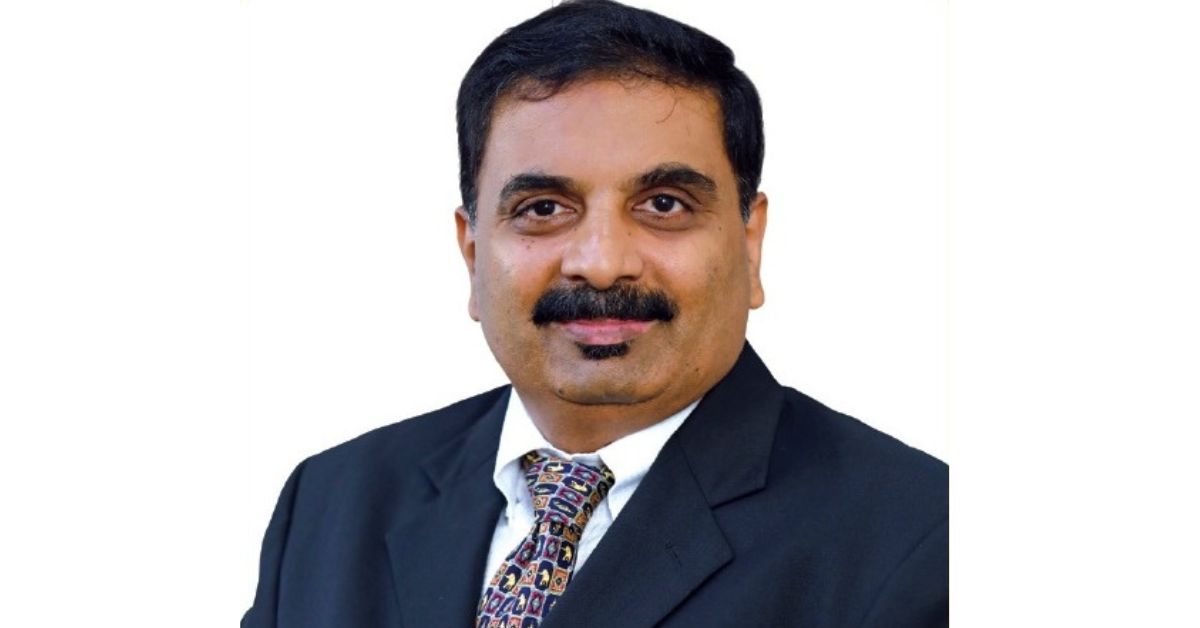With AI, blockchain, and automation advancing rapidly, what do you foresee as the biggest trends shaping the future of pharmaceutical air and cold chain management?
Technology is the disruptive force. AI, blockchain and automation together form a powerful trio. As IoT sensors proliferate, AI will analyse that real-time data to predict route deviations or initiate corrective steps, cutting temperature-related waste by up to 30 per cent. Blockchain’s decentralized and immutable ledger will guarantee end-to-end traceability, stamping out counterfeits and easing GDP-compliance audits. It strengthens compliance with standards like GDP, enables smart contracts, and supports sustainable packaging innovations—a market projected to reach $125 billion by 2026. Meanwhile, warehouse automation and robots in refrigerated hubs, will slash picking errors and energy use while speeding up processes. The pharma warehouse automation market is set to exceed $8.2 billion by 2027, driven by robotics in temperature-controlled environments. To me, the imperative is clear: build a technology roadmap today so your cold chain becomes intelligent, resilient and cost-efficient tomorrow.
Global and local regulations keep tightening. How should companies stay ahead of compliance?
Regulations (from the EU’s GDP guidelines to the US DSCSA and India’s new data-logging mandates) demand unit-level traceability, digital records and airtight temperature control. You can’t remain reactive. You must embed compliance in every process. Start by deploying IoT-powered temperature and humidity monitors, backed by cloud-based record-keeping and blockchain for tamper-proof audit trails. Harmonise global SOPs yet allow local customization. Conduct frequent internal audits, and use AI-driven training modules so every handler knows the latest rules. In my view, firms that invest in a holistic compliance framework now will avoid disruptions and secure uninterrupted market access.
Are there international cold-chain models India should emulate?
The EU’s integrated cold chain, with real-time temperature monitoring, minimizes deviations. India could adopt similar practices for rural distribution. Japan’s hyper-cold chain model, using GDP-trained partners for last-mile delivery, suits Tier 2/3 cities. Switzerland’s Skycell containers, ensuring 99.9 per cent temperature compliance via telemetry, could safeguard high-value biologics. The US emphasis on warehouse automation and IoT-driven visibility offers a blueprint for handling volume surges. Indian operators should invest in real-time monitoring, forge sustainable partnerships, and tailor global models to local realities.
E-commerce and direct-to-patient models demand speed and flexibility. How is the pharmaceutical air and cold chain adapting?
Dark-store micro-fulfilment is emerging fast. These refrigerated nodes, tied to a central warehouse, reduce last-mile cost by about 31 per cent and extend service radii beyond 3 km. Temperature-controlled vehicles, advanced passive packaging and real-time route-optimisation platforms are becoming standard. We’re building decentralised networks with automated inventory replenishment so you can deliver a temperature-sensitive drug as swiftly as a book. In short, cold chains are becoming hyper-local, technology-driven and customer-centric without compromising safety or compliance.
With rising global temperatures and shifting regulations, what remains the biggest challenge?
Infrastructure gaps and training shortfalls top the list. Many regions still lack reliable refrigerated storage or vehicles, and workforce turnover makes consistent SOP adherence difficult. Legacy packaging materials are ill-suited to erratic weather, yet greener alternatives carry higher costs. And while regulators demand 24/7 monitoring and traceability, designing cost-effective solutions for diverse geographies is still a work in progress. My advice is combining digital investments (IoT, analytics, automation) with continuous training and sustainable packaging strategies. That holistic approach is the only way to keep your cold chain robust, compliant and future-ready.









